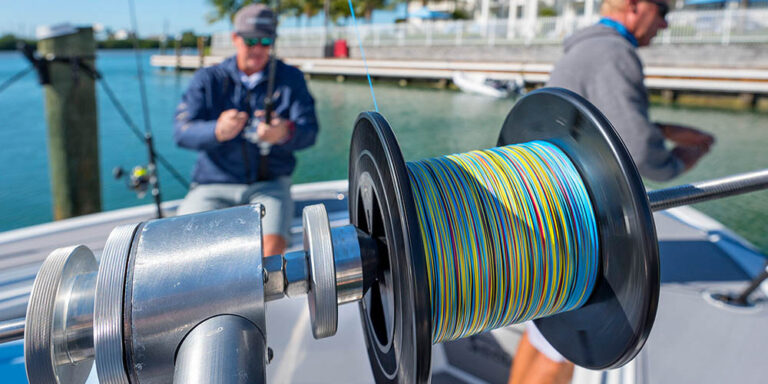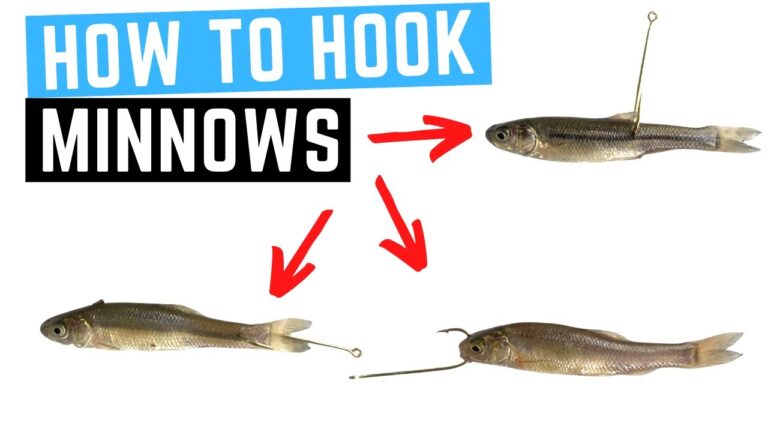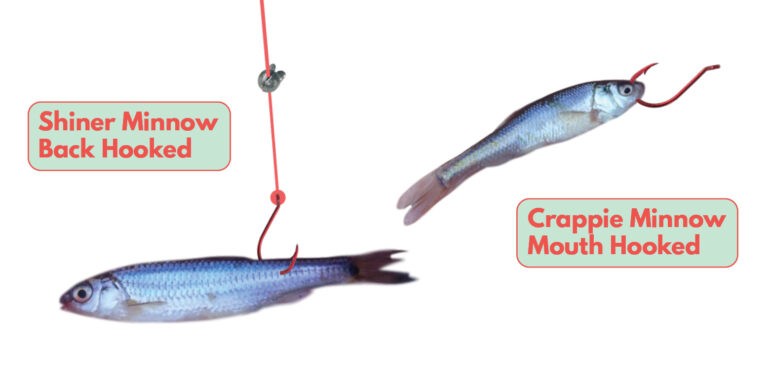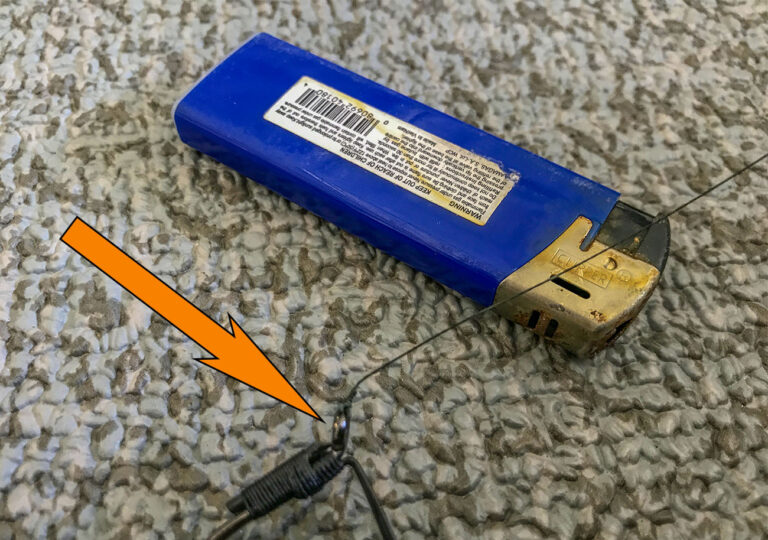How to Hook Up a Spinner Bait
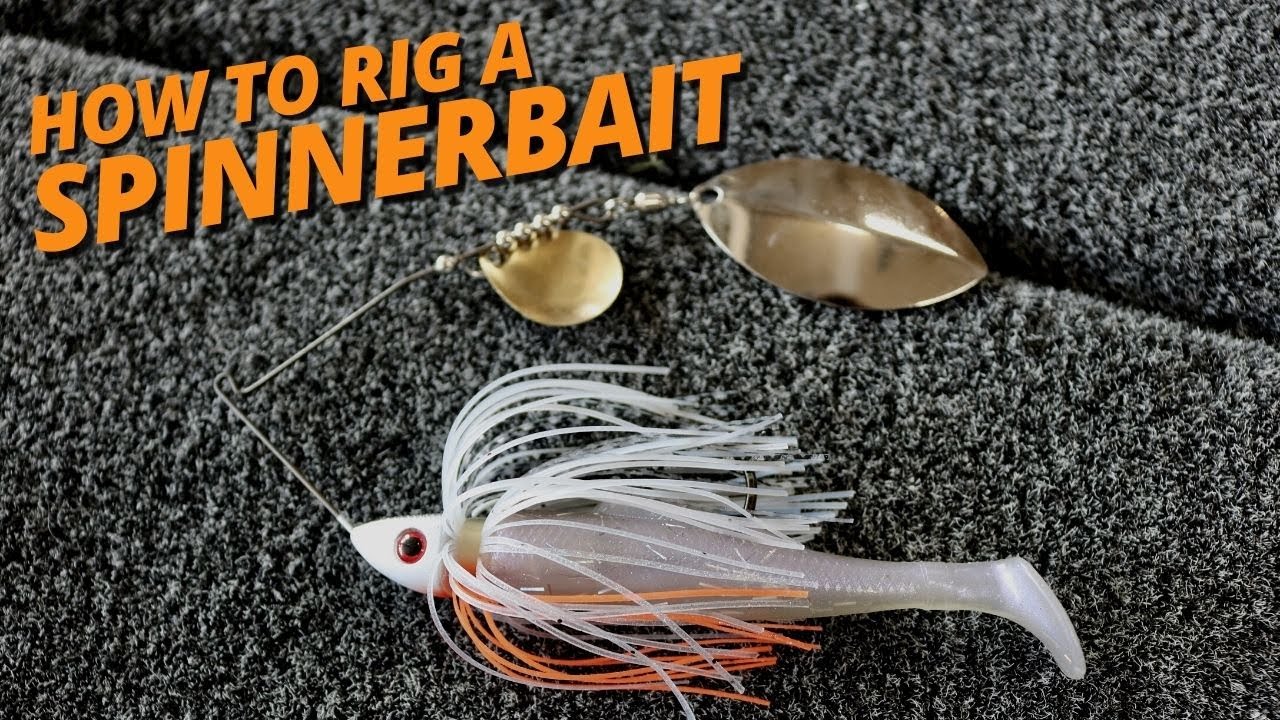
To hook up a spinner bait, attach it to a fishing line using a loop or snap swivel. Ensure the lure hangs straight to mimic natural prey.
Spinner baits blend flashing attraction with enticing movement, making them irresistible to predatory fish. Anglers favor these lures for their versatility and ease of use in various water conditions. With a distinctive spinning action generated by one or more metal blades, spinner baits create vibrations and visual cues that grab a fish’s attention.
When setting up, the right knot, such as the improved clinch knot, secures the spinner bait effectively. Casting near structures or through vegetation where fish may hide can yield impressive results. Mastering the use of spinner baits can significantly enhance your fishing expeditions, leading to more effective outings and memorable catches.

Credit: www.wikihow.com
Introduction To Spinner Baits
Spinner baits are prized tools for fishing enthusiasts. Their shiny blades rotate, mimicking small fish movements. This action tempts bigger, predatory fish, making spinner baits especially effective. Anglers cherish spinner baits for their versatility and ease of use.
Used in freshwater environments, these lures particularly excel. They attract a variety of species, including bass, pike, and perch. The benefits are clear – bigger catches and more fishing fun!
| Spinner Bait Advantage | Fish Species Attracted |
|---|---|
| Versatile lure | Bass, Pike, Perch |
| Easy to use | Multiple predatory fish |
| Effective in freshwater | Various species |
Basic Components Of Spinner Baits
A spinner blade is a shiny, moving part. It attracts fish by reflecting light. The blade spins in water. This imitates a small fish’s movement.
Jig heads weigh down the bait. These are usually made of lead. Painted jig heads add extra appeal. They can look like a fish’s head.
The bait’s skirt hides the hook. Skirts come in many colors. Soft, flowing materials are best. They make the bait seem alive.
Selecting The Right Spinner Bait
Selecting the right spinner bait requires understanding color and size. Bright colors work best in murky water, while natural hues mimic bait fish in clear water. The size of the spinner bait should match the prey in your fishing area.
Blade shapes significantly affect movement. Willow blades provide a smooth, fast glide through water. Colorado blades deliver a pronounced thump, ideal for stained water. Indiana blades fall between these two, offering versatility. Choose the blade that fits the water conditions and desired vibration and flash.
To hook a prize catch, match your bait to the water conditions. Clear water demands a subtle approach, so go for smaller, lighter lures. In murky water, choose larger lures with brighter colors to catch a fish’s eye.
Setting Up Your Spinner Bait
Setting up your spinner bait is a crucial step for a successful fishing trip. To attach your spinner bait to the fishing line, you’ll need to master a reliable knot. The Palomar knot is widely recommended due its strength and simplicity.
Begin by doubling the line to form a loop, thread it through the eye of the bait, and tie a simple overhand knot. Next, take the loop and pass the entire spinner bait through it. Pull tightly to secure the knot and trim any excess line from the loose end.
Adjusting the skirt of your spinner bait improves its allure to fish. Make sure the skirt flows naturally in the water; it mimics a small fish or insect. Fans of the skirt should be even, not bunched up, allowing for maximum movement.
Effective Techniques For Using Spinner Baits
Mastering the art of the cast is crucial for successful fishing with spinner baits. Accuracy and distance both play vital roles in this technique. Keeping your wrist stiff and your arm fluid, you can ensure a smooth motion that propels the bait to your desired spot.
Understanding the water column is essential for retrieval methods. Surface water, mid-water, and bottom fishing require variations in speed and motion. Quick reeling can keep the bait near the surface, while slower retrieves let it sink to target deeper zones.
To imitate live prey, observing natural movements is key. Spinner baits can mimic injured fish with erratic twitches and pauses. Consistent speed can simulate healthy swimming patterns. By mimicking these behaviors, anglers increase the chances of a bite.

Credit: www.tackletour.com
Troubleshooting Common Spinner Bait Issues
Snags can ruin a good fishing trip. To prevent them, choose areas with fewer obstructions. Keep your rod tip high while retrieving. This lifts the lure over potential snags.
A spinner bait needs to spin freely for success. Check the clevis for debris. Oil the swivel occasionally. This ensures continuous blade motion even at slow speeds.
Sharp hooks catch more fish, period. Test the point on your thumbnail. If it doesn’t stick, it’s time to sharpen. Use a fine file or stone to maintain a razor-sharp hook.
Conservation And Ethical Considerations
Catch and release practices ensure the well-being of fish species. Use barbless hooks to minimize injury and stress to fish. Always wet your hands before handling them. This protects the fish’s slime coat.
Limiting the time a fish is out of water is crucial. Attempt to release the fish quickly and gently to boost its survival chances. Understanding the impact on local fish populations helps preserve fish numbers. Keep abreast of fish population studies in your fishing spot.
Anglers bear responsibility towards the aquatic environment. Avoid disrupting habitats when fishing. Use eco-friendly gear and dispose of trash properly. By respecting these guidelines, you help maintain a healthy fishery for future generations.

Credit: www.youtube.com
Frequently Asked Questions On How To Hook Up A Spinner Bait
How Do You Hook Spinner Bait?
To hook a spinnerbait, thread your line through the lure’s eyelet, tie a secure knot, and trim excess line. Attach a swivel to prevent line twisting. Select proper weight for casting distance and retrieval speed.
How Do You Fish A Spinner Bait?
To fish a spinnerbait, cast it out and retrieve it with a steady motion, allowing the blades to spin and attract fish. Vary the retrieval speed to find what triggers bites, and target areas with cover, such as weeds or logs, where predatory fish might be lurking.
How Do You Rig A Spinner Jig?
Attach the jig head to your fishing line using a loop knot. Thread a soft plastic or live bait onto the hook end. Attach a spinner blade above the jig using a clevis. Ensure the blade spins freely. Cast your rig and retrieve it steadily for best results.
What Is The Best Rod And Reel Setup For Spinnerbaits?
The ideal rod and reel setup for spinnerbaits is a medium-heavy, fast-action rod with a baitcasting reel offering a gear ratio around 6. 3:1 to 7. 1:1. This combination ensures optimal control and efficient retrieval speeds.
Conclusion
With the right technique, spinner bait fishing becomes an adventure. This guide illuminates the path to mastery. Practice these steps for proficiency. Aim to enthrall bass with your lure. Tight lines and happy fishing!
